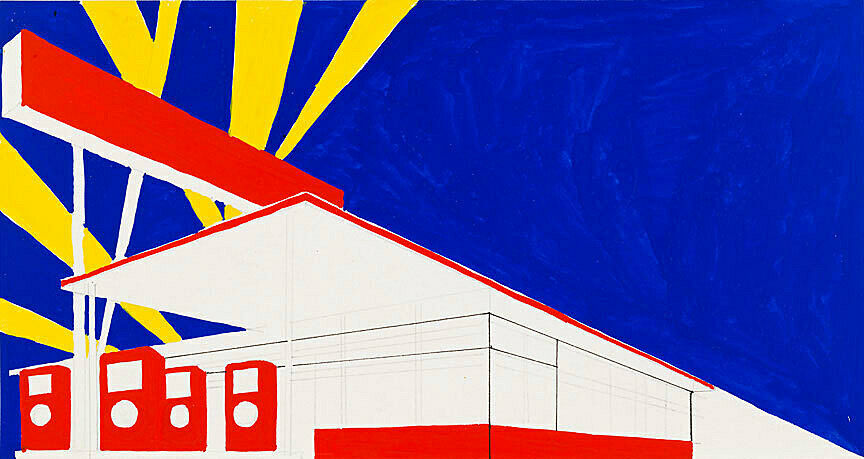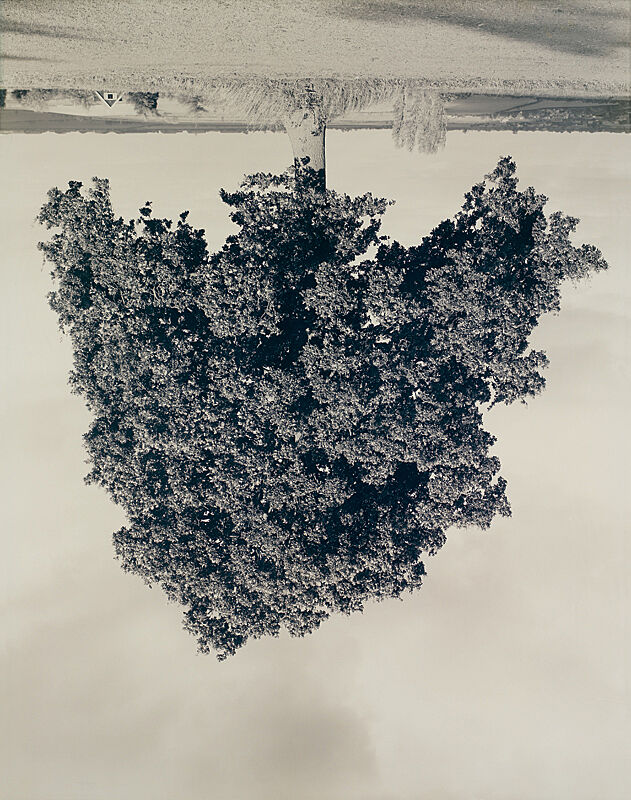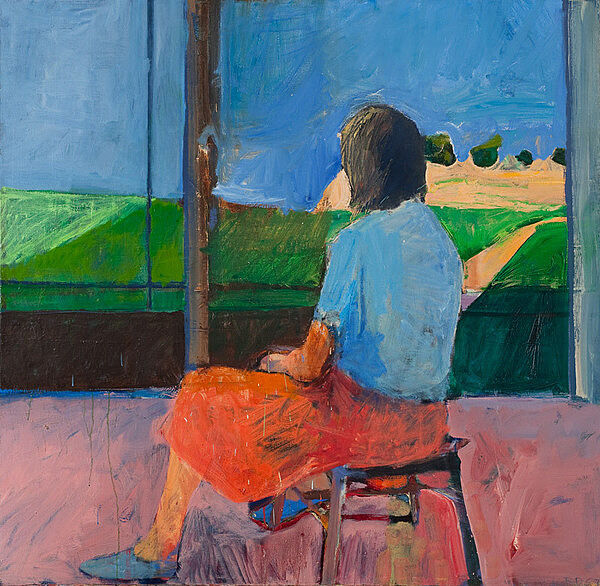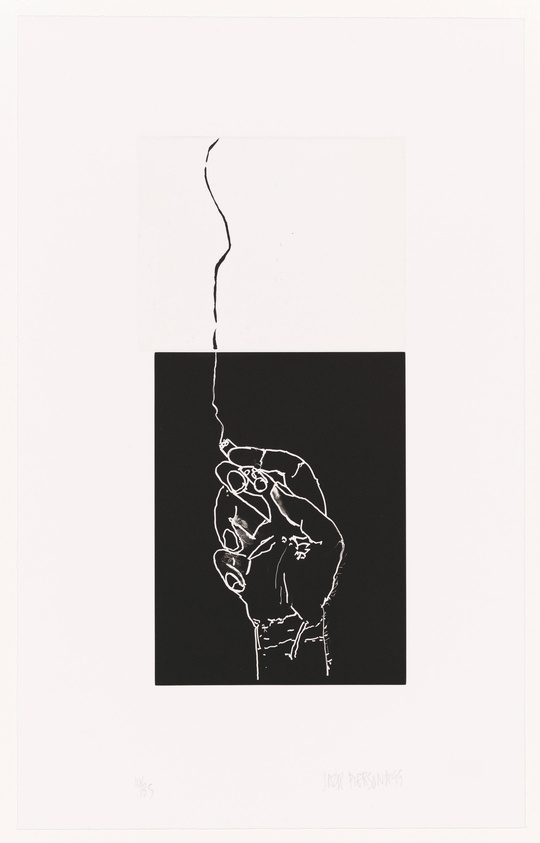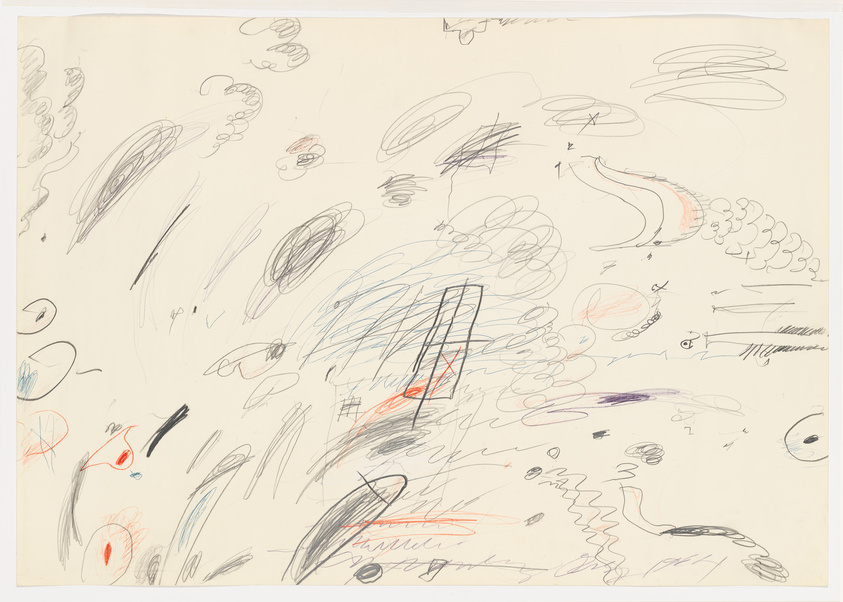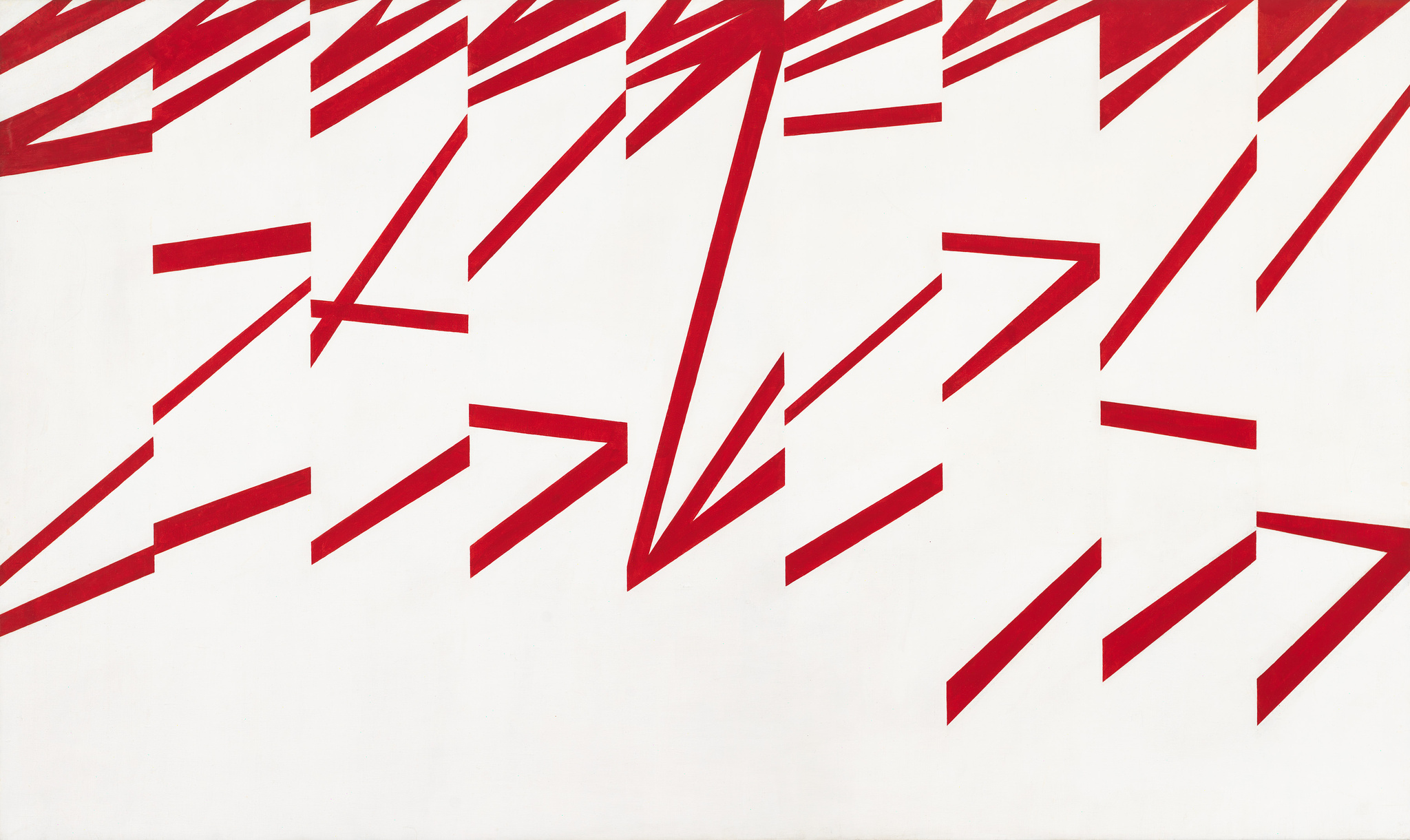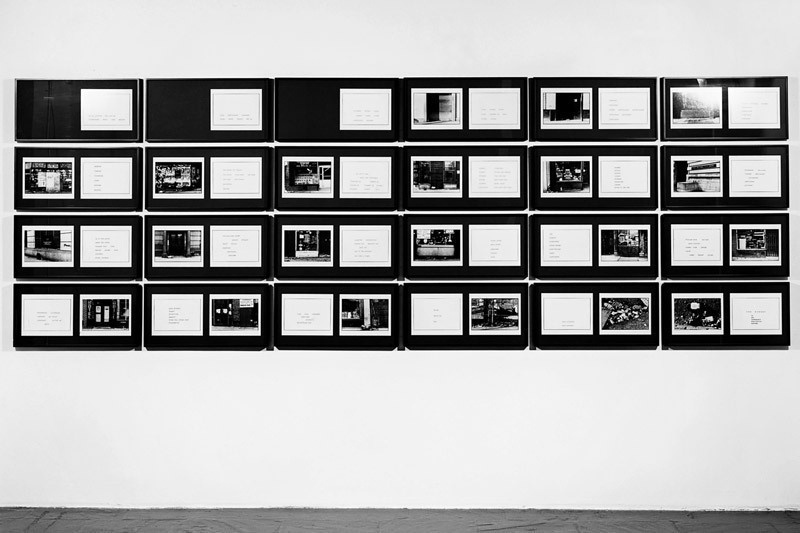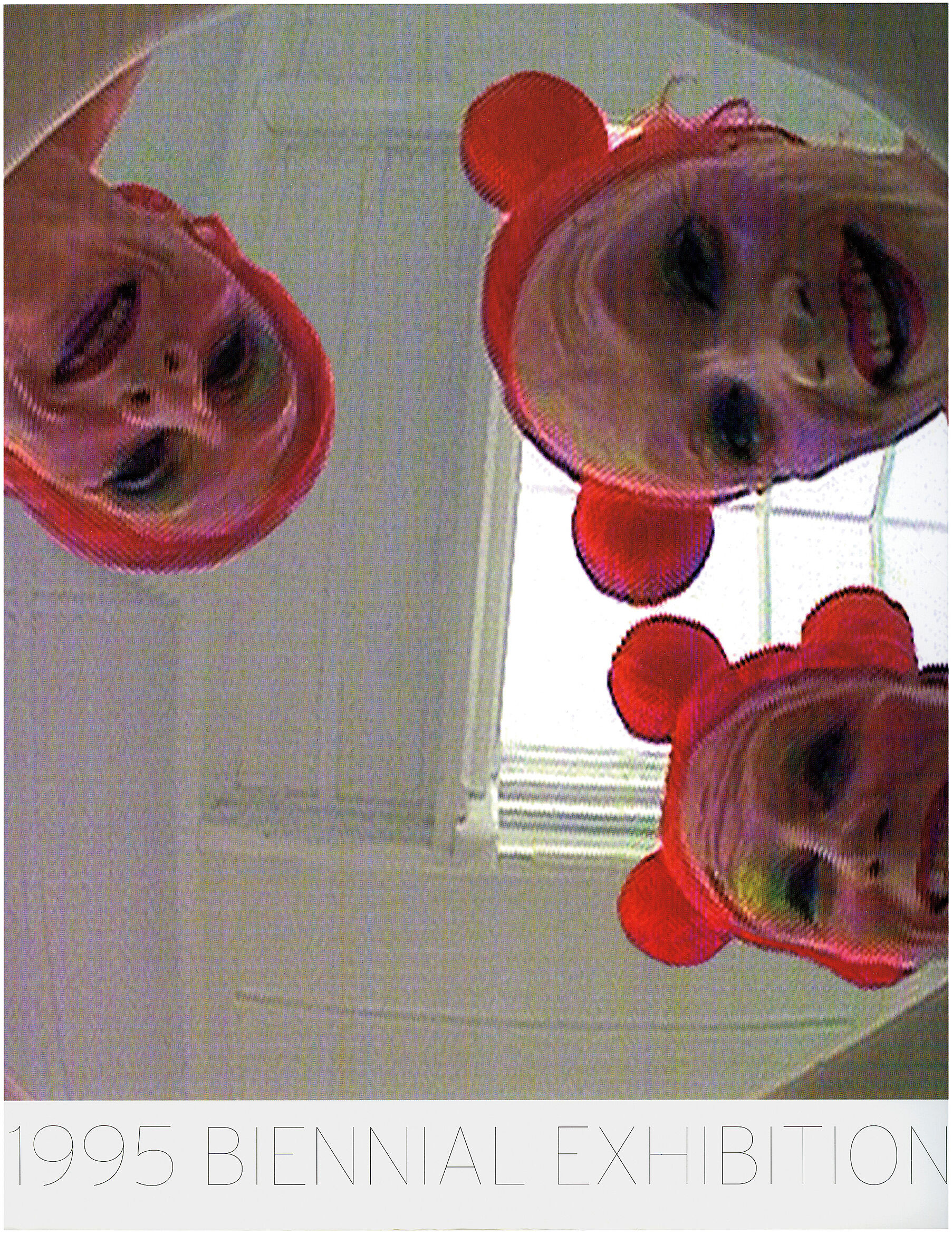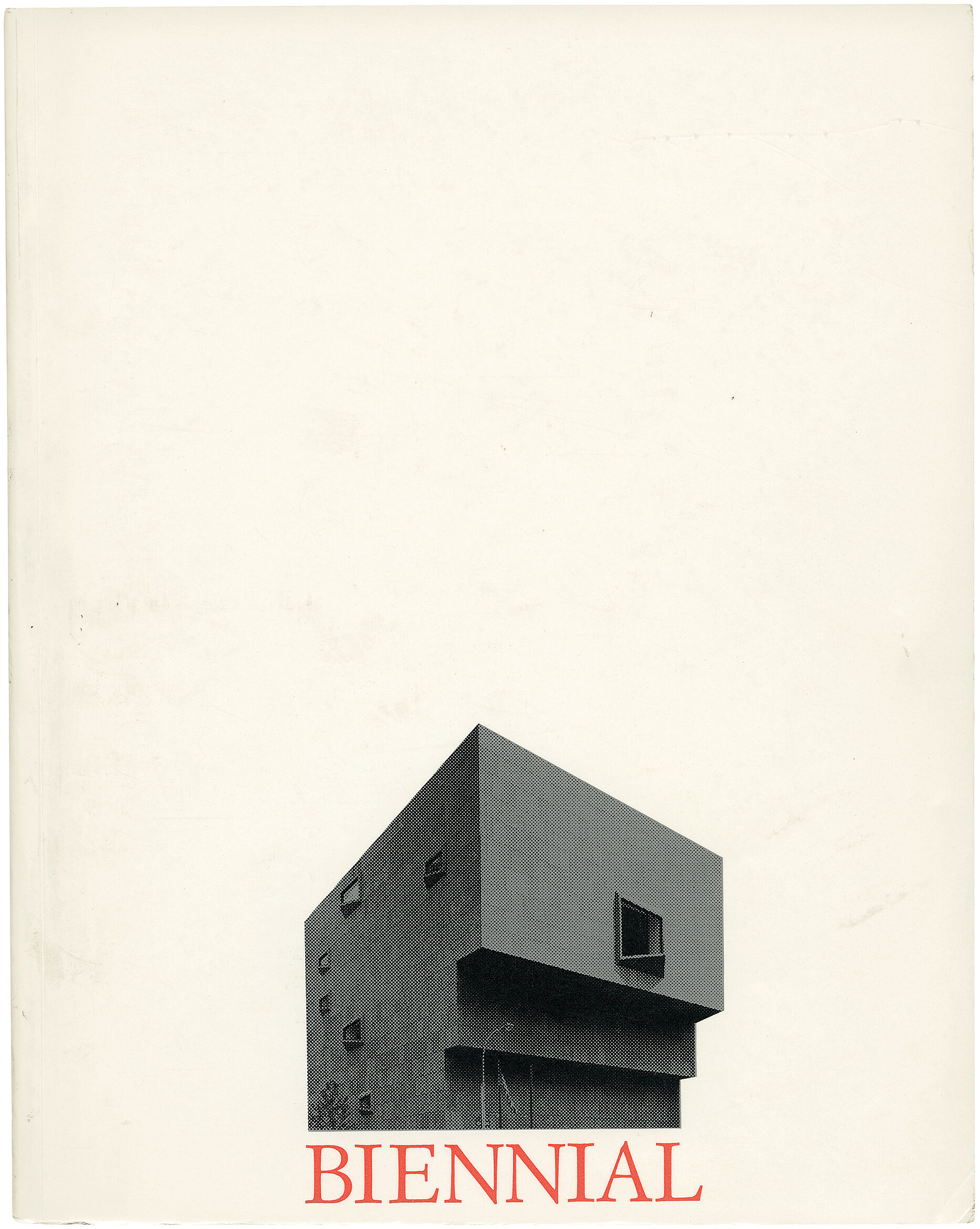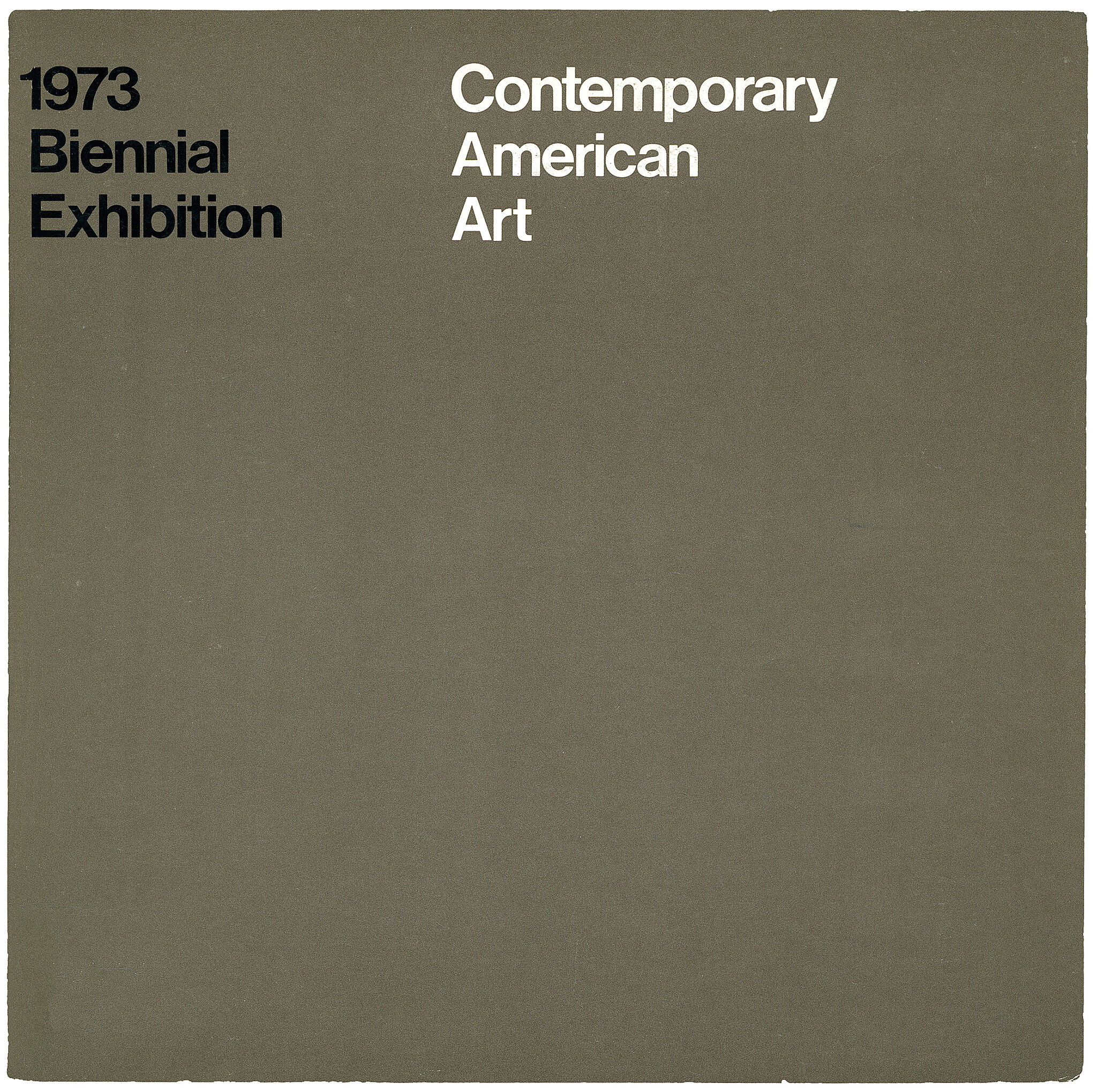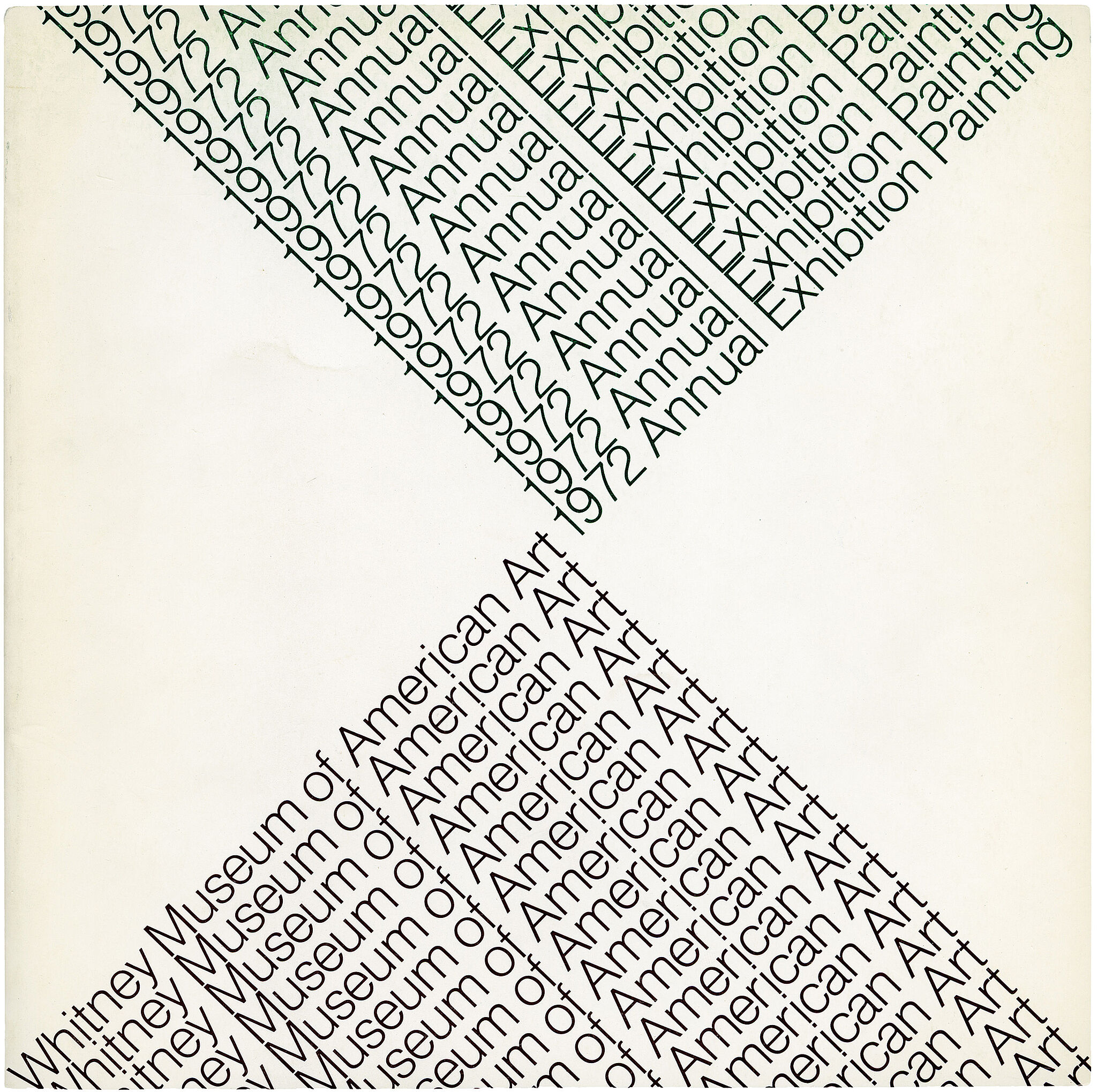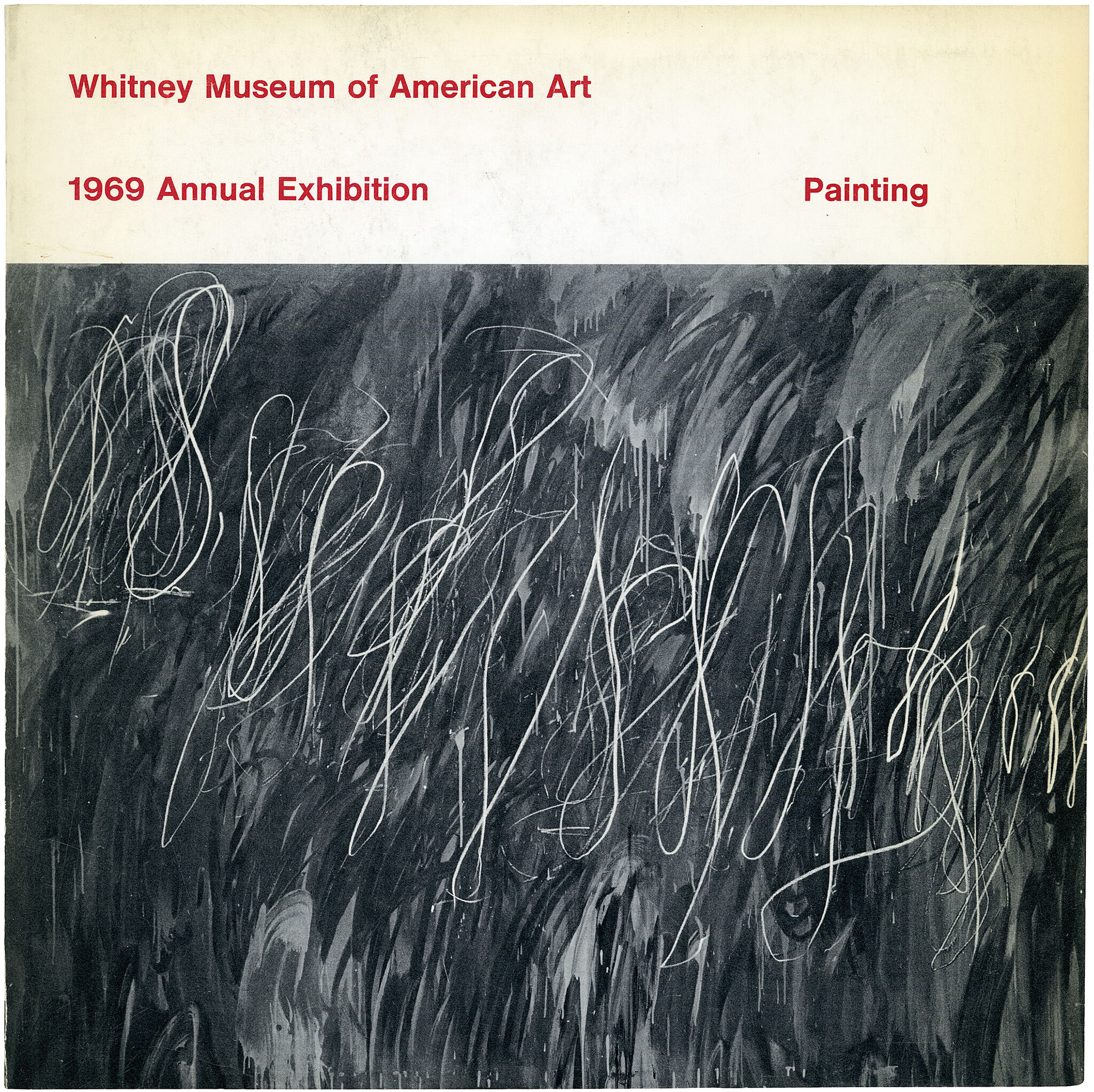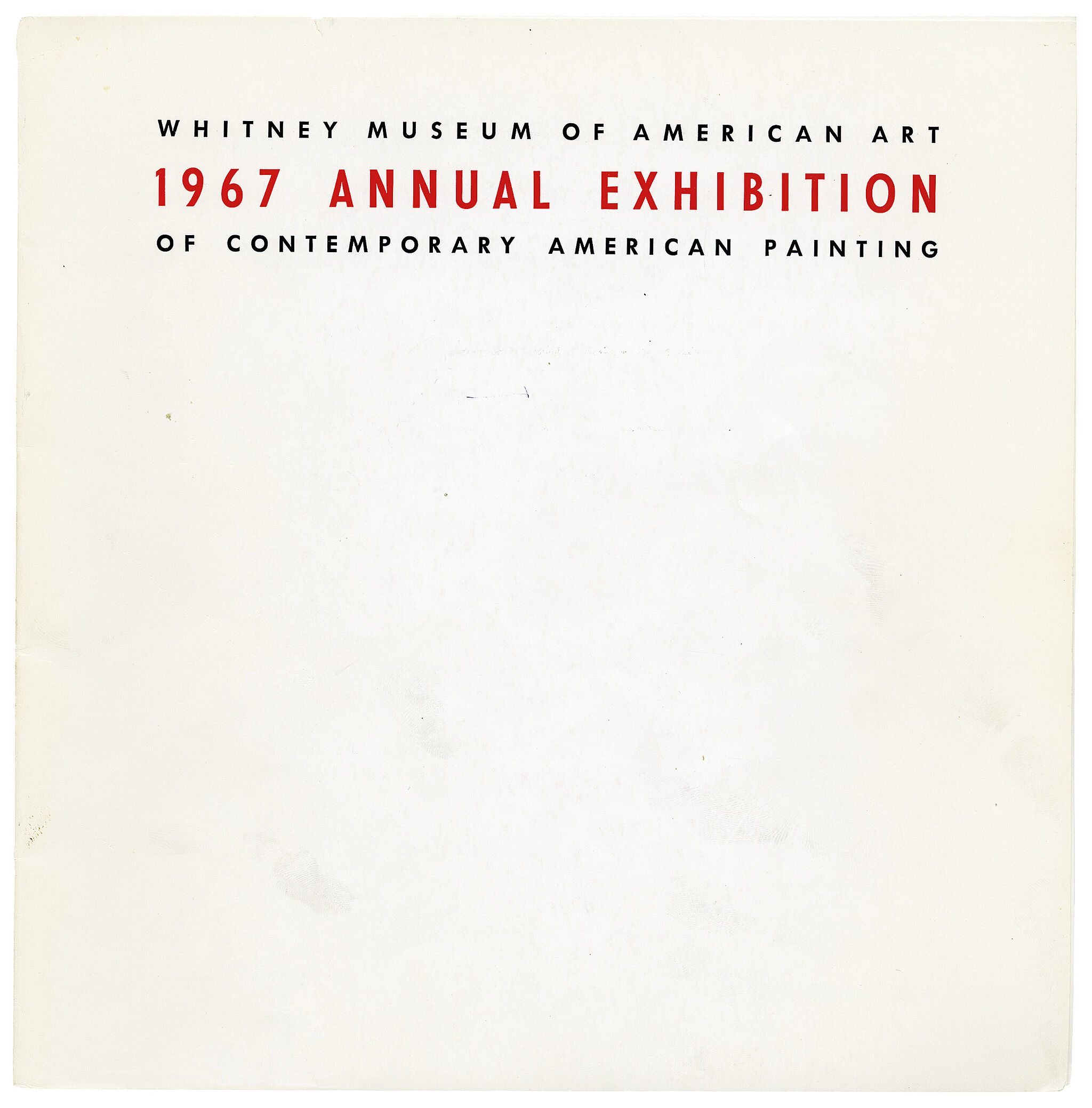Cy Twombly
1928–2011
When Cy Twombly began painting in the early 1950s, he shared with Abstract Expressionists a commitment to nonrepresentational subjects and allover compositions that filled large-scale canvases. Yet instead of using the broad, gestural brushstrokes common to the then-dominant style, Twombly covered his surfaces with quick lines and graffiti-like marks reminiscent of handwriting. Beginning in 1957 he made Rome his primary home, with frequent trips back to the United States, and created drawings, collages, and sculptures that merge cultural references—Greek and Roman mythology, ancient ruins of the Mediterranean, or Western literature— with his idiosyncratic approach to mark making and construction throughout the next five decades. As he once explained, “Generally speaking my art has evolved out of the interest in symbols abstracted . . . and a deeply aesthetic sense of eroded or ancient surfaces of time.”
In 1966 Twombly began a cycle of paintings and drawings with gray grounds onto which he made repetitive markings in white crayon—abstracted, lyrical, sometimes frenetic scrawls and marginalia. Often described as his “blackboard paintings” because of their resemblance to chalked lessons that have been partially erased, this format dominated his output until the early 1970s. In Untitled overlapping outlines of rectangles, rendered in loose perspective, flow diagonally from the top right to the bottom left of the large canvas, as if cascading down a waterfall. Letters, numerals and fractions punctuate the palimpsest-like surface, and the words water chart can barely be discerned at the top right. Yet Twomby’s canvases defy easy interpretation or impersonation. As the French theorist and critic Roland Barthes wrote, Twomby’s line “is inimitable. (If you try to imitate it what you do will be neither his nor yours.)”
Introduction
Edwin Parker "Cy" Twombly Jr. (; April 25, 1928 – July 5, 2011) was an American painter, sculptor, and photographer.
Twombly influenced artists such as Anselm Kiefer, Francesco Clemente, Julian Schnabel, and Jean-Michel Basquiat. His best-known works are typically large-scale, freely-scribbled, calligraphic and graffiti-like works on solid fields of mostly gray, tan, or off-white colors. His later paintings and works on paper shifted toward "romantic symbolism", and their titles can be interpreted visually through shapes and forms and words. Twombly often quoted poets such as Stéphane Mallarmé, Rainer Maria Rilke, and John Keats, as well as classical myths and allegories, in his works. Examples of this are his Apollo and The Artist and a series of eight drawings consisting solely of inscriptions of the word "VIRGIL".
Twombly's works are in the permanent collections of modern art museums globally, including the Menil Collection in Houston, the Tate Modern in London, New York's Museum of Modern Art and Munich's Museum Brandhorst. He was commissioned for a ceiling at the Musée du Louvre in Paris.
In a 1994 retrospective, curator Kirk Varnedoe described Twombly's work as "influential among artists, discomfiting to many critics and truculently difficult not just for a broad public, but for sophisticated initiates of postwar art as well." Writing in Artforum, Travis Jeppesen went further, declaring Twombly to be "the greatest American painter of the twentieth century, and the greatest painter after Picasso, period."
Wikidata identifier
Q159566
Information from Wikipedia, made available under the Creative Commons Attribution-ShareAlike License . Accessed November 21, 2025.
Introduction
Twombly studied from 1948 to 1951 at Washington and Lee University in Lexington, VA, at the Museum School in Boston, and at the Art Students League in New York, where he met Robert Rauschenberg, who suggested that Twombly attend Black Mountain College, 1951-1952. In 1957 he relocated to Italy, where he would remain for the rest of his life, making Rome his primary residence. He is most well known for his large paintings populated with scribbled marks, calligraphic or graffiti-like words, letters, numbers, and references to Classical culture. He also produced prints, sculpture, and photographic works.
Country of birth
United States
Roles
Artist, lecturer, painter, photographer, sculptor
ULAN identifier
500032301
Names
Cy Twombly, Edwin Parker Twombly, Jr. Edwin Parker Twombly
Information from the Getty Research Institute's Union List of Artist Names ® (ULAN), made available under the ODC Attribution License. Accessed November 21, 2025.


